Atal Mission for Rejuvenation and Urban Transformation (AMRUT) is resolving the water logging issue pestering the Indian cities. The government on April 7 said that the programme has eliminated 2,300 water-logging points in the country.
Under AMRUT Mission, States/Union Territories (UTs) have taken up 799 projects worth ₹2,952 crores for elimination of 3,770 water-logging points. So far, 633 projects worth ₹1,180 crore have been completed which has resulted in elimination of around 2,300 water-logging points.
AMRUT
The mission was launched on 25 June 2015 in 500 cities, focused on augmenting or providing water supply, sewerage, parks and urban transport to Indian cities.
Water logging is caused by many factors including unplanned urbanization. Management of water logging falls under the purview of the concerned State or Union Territory (UT), so AMRUT is complementing the efforts of states in construction and improvement of drains and storm water drains in order to reduce and eliminate flooding.
Success of AMRUT- Phase 1
Under AMRUT, against the total approved plan size of ₹77,640 crore, States/UTs have taken up 5,850 projects worth ₹81,283 crore as of 28 March, 2022 . Of these, 4,158 projects worth ₹26,193 crore have been completed. So far, works worth ₹60,446 crore have been physically completed.
Against the target to provide 139 lakh water tap connections to achieve universal water supply coverage, 126 lakh water tap connections have been provided under the program.
AMRUT had aimed to build 145 lakh sewer connections out of which 95 lakh sewer connections (including septage management) have been provided.
The success of AMRUT prompted the government to launch AMRUT 2.0.
AMRUT 2.0
AMRUT 2.0 was launched in October 2021 with the aim of making the cities ‘water secure’ and ‘self-sustainable’ through a circular economy of water.
Total indicative outlay for AMRUT 2.0 is Rs 2,77,000 crore including central share of Rs 76,760 crore for five years from FY 2021-22 to FY 2025-26. AMRUT 2.0 (U) includes Pey Jal Survekshan to encourage competition among cities for benchmarking urban water services.

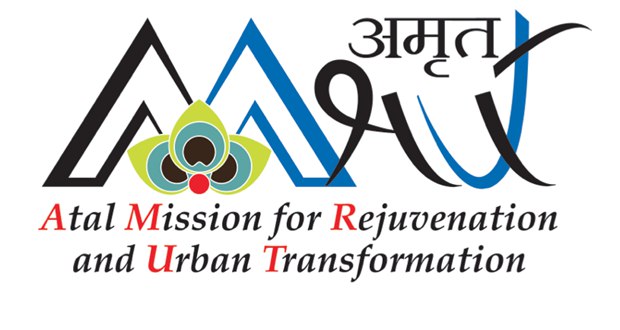


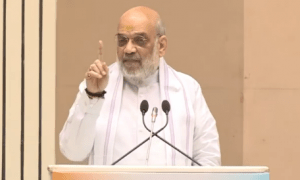



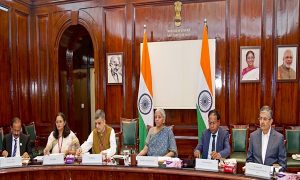

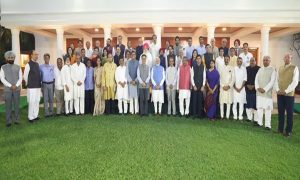





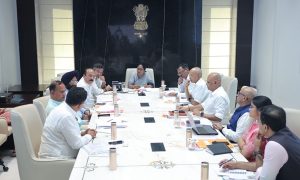





 WhatsApp us
WhatsApp us